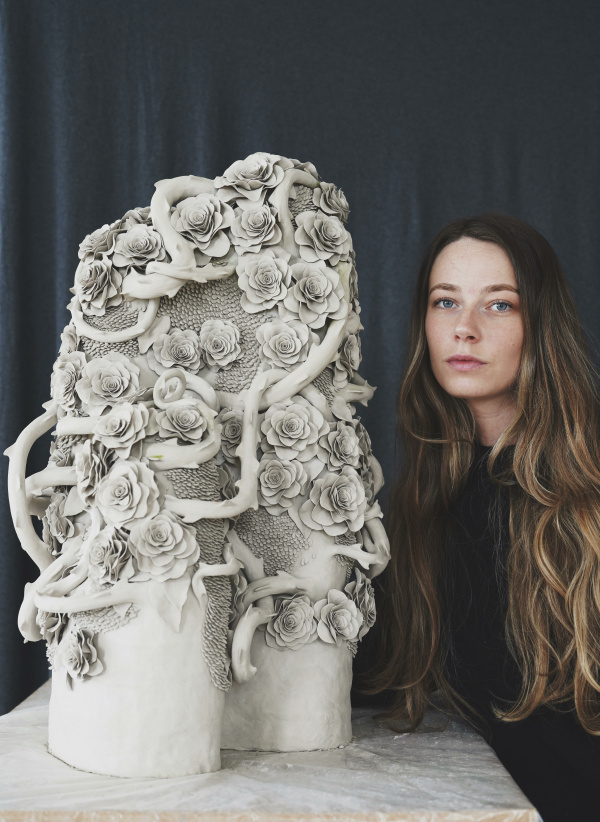Read Time 6 minutes
Love or money? What we can learn from the NFT crash
In what may seem like an inevitability to some and a blow to others, new data suggests that the NFT boom is truly over. Is there a lesson to be learned about the decisions we make when we buy things?
A report from Cryptogambling platform dappGambl has made it official: NFTs are dead. And there’s some pretty compelling data to back it up. In a study of 73,257 NFTs, 69,795 were identified as having a market cap of zero Ether [ETH] – aka, they are worth absolutely nothing. This means that an estimated ‘95% of people holding NFT collections are currently holding onto worthless investments’. On top of this, four out of every five NFT collections remain unsold as supply has far outstripped demand, and as the report goes on to note, the environmental impact from all those worthless assets is immense: ‘Each minting consumes energy, just as any other operation in the digital realm does, though the amount of energy consumed by minting NFTs with little to no use case might be cause for alarm.’ Of the NFT collections with no owners or market share analysed by dappGambl, the energy required to mint them is comparable to the yearly emissions of 2048 homes, 3531 cars, or 4061 passengers flying between London [England] and Wellington [New Zealand].
I think this data should serve as a real warning about making purchases for money over love, a warning that can be applied to buying habits across the board, not just in art.
The value of the resale market for apparel is currently at its highest ever, and is only going up, with a projected value of $350 billion by 2027. Of course, this is great in energy-guzzling fashion terms [we should all be contributing as much as possible to a circular economy], but if your agenda is purely to grow your capital then the resale market is as risky as any other, and this is especially true for art, non-fungible or otherwise.

That’s not to say that everyone who purchased an NFT or built a collection in the boom of 2021-22 was doing so for hype purposes only [hard as it is to believe that anyone could love those ugly-ass apes], but one does get the feeling that for a lot of NFT buyers it was more about the status and investment opportunity than the love of the thing itself, particularly when it was pretty difficult for the majority of people to understand why they were covetable in the first place, let alone why they were worth spending money on. You can screenshot an ugly-ass ape for free, if you so desire!
Even in their heyday the secondary market for NFTs was only ever really about the biggest names, the kind of pieces that you’d have to be like, Justin Bieber-level rich to own in the first place. Which is great because Bieber et al probably need more money. Auction houses and secondary sellers were quick to invest in digital departments for NFT resale, but whether the investment has paid off is up for debate. The sales don’t generate nearly as much publicity or money as their physical counterparts.
I was never red-pilled into buying at NFT myself, but I do have some art in my home [one would hope so, working for Darklight]. Something I’m almost positive about is that this art is of very little value and is not going to make me my millions. But I love it. As much as tastes can change I can’t imagine wanting to part with it for any reason, least of all for a quick buck. I take a very William Morris approach to my purchasing: ‘Have nothing in your house that you don’t know to be useful or believe to be beautiful,’ and it’s an approach that has served me well. Morris did not decree, that I know of, to have nothing in your home that will not sell for a 12% mark-up on Depop or Sotheby’s.
In an age of social media marketing, hypebeasts and a whole lexicon specifically for product drops our shopping has never been so insatiable, destructive and unsustainable – but in our current cost of living crisis it’s also understandable that people are looking for ingenious ways to supplement their incomes, and if that means being the first to hop on the bandwagon of the next big thing and be one in a handful of people to strike it lucky, then who can blame them? But there are people who do this for a job, and are successful by having the time, resources and nouse to predict and act upon market trends and projections. For amateur hustlers it’s not so easy. Take a lesson from the crypto-crash. Hell, even the Beanie Baby bubble burst eventually. If you don’t love it for its own merits––not just an arbitrary monetary value––then is it worth the risk? And do we really want an art world where worth is dictated by dollar signs [or ETH] rather than the way an artwork makes us feel?
END
subscribe for the latest artist interviews,
historical heronies, or images that made me.
what are you in the mood for?














